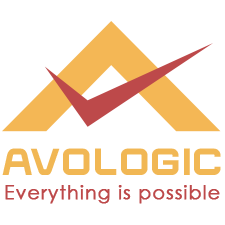HTML, which stands for Hypertext Markup Language, is a standard markup language used for creating web pages and applications. HTML allows web developers to structure content and add multimedia resources such as images, audio, and video to web pages. Here’s a brief outline of an HTML course:
- Introduction to HTML: The first section of an HTML course usually covers the basics of HTML, including the syntax, structure, and semantics of HTML tags.
- HTML Document Structure: This section of the course covers the structure of an HTML document, including the document type declaration, HTML tags, and the head and body sections of an HTML document.
- Text Formatting: In this section, learners will learn how to format text using HTML tags such as headings, paragraphs, lists, and links.
- HTML Forms: This section of the course covers HTML forms and how they are used to collect user input. Learners will learn about form elements, such as input fields, radio buttons, checkboxes, and dropdown menus.
- Multimedia: This section covers how to add multimedia content to web pages, including images, audio, and video.
- CSS: Cascading Style Sheets (CSS) is a language used to style HTML documents. Learners will learn how to use CSS to add visual styles to web pages, including font styles, colors, backgrounds, and layouts.
- Responsive Web Design: Responsive web design refers to the design of web pages that respond to the user’s device and screen size. Learners will learn about responsive design techniques, including media queries, flexible grids, and responsive images.
- Accessibility: In this section, learners will learn about web accessibility and how to design web pages that are accessible to users with disabilities.
- HTML5: HTML5 is the latest version of HTML and includes new features such as video and audio elements, canvas elements, and semantic markup. Learners will learn about the new features of HTML5 and how to use them to create modern web pages.
An HTML course typically includes hands-on exercises and projects to reinforce the concepts learned throughout the course. By the end of the course, learners should have a good understanding of HTML and be able to create basic to intermediate-level web pages.
Page Copyright
© Copyright @Avologic 2016 - 2023 All Rights Reserved.
